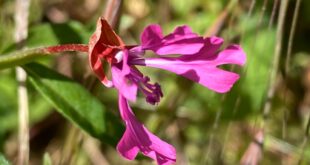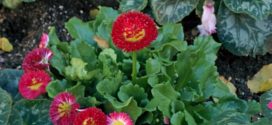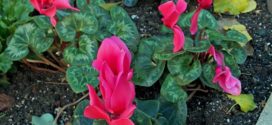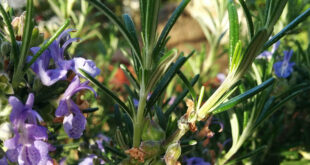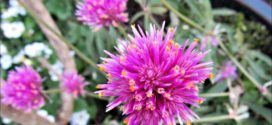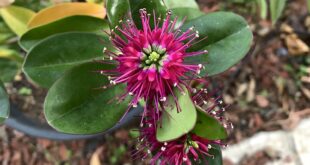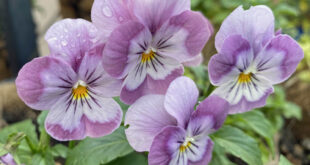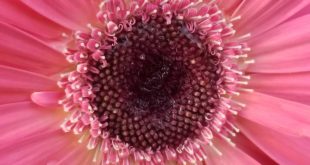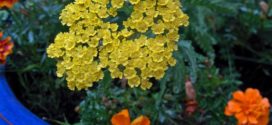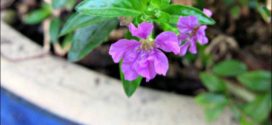Clarkia concinna is a species of wildflower in the Onagraceae (Evening Primrose) family known as Red Ribbons. It is endemic to California, where it can be found in the northern Coast Ranges from Santa Clara County to Humboldt County, and in the Sierra foothills. This is an annual plant with erect, herbaceous stems. The distinctive flowers have four looping sepals of …
Read More »Flowers
English Daisy – Bellis perennis
English Daisies have long been popular for spring bedding, particularly in mild winter regions. Plants are biennial, usually lasting through one season, but self-seeding to provide future generations. This strain flowers well even in the first year, with little double button flowers of bright rose pink. Removing faded flowers regularly will keep plants blooming well into the summer. Often used …
Read More »Cyclamen – Latinia Salmon
Cyclamen is a great winter-flowering plant that loves light shade. You can grow in indoors or out. I am currently using them as a winter highlight in my former firepit. The red cyclamen is classic for the winter holidays. This salmon variety is also pretty. Strong stems bear vibrant, filly flowers well above attractive, silver-mottled leaves. In the summer, the …
Read More »Rosemary
Rosemary is one of those wonderful herbs that makes a beautiful ornamental plant as well as a welcome culinary seasoning. Its Latin name, Rosmarinus officinalis , means “dew of the sea” and rosemary is most closely associated with the cooking of the Mediterranean area. However you don’t need perfect sunshine, sea mist or even a never ending summer to successfully …
Read More »Globe Amaranth
Globe amaranth is a compact annual that typically grows 12-24” tall on upright branching stems. The true flowers are insignificant, tiny, white to yellow trumpets that are only visible close up. It is the bright magenta bracts arranged in globose, papery-textured, clover-like flowerheads that provide the real show in a long summer to frost bloom. Cultivars expand the range of …
Read More »Hebe Speciosa
Hebe speciosa, its many cultivars and hybrids are very popular garden plants in area with suitably mild temperate climates. They appeal because of their lush evergreen foliage, showy flowerheads, long blooming season and ease of cultivation. They are used to form borders, low hedges, bushes and potted patios for patios and terraces. They are ideal for coastal gardens due to …
Read More »Violas
All Pansies are Violas but not all Violas are Pansies. The two words have become virtually interchangeable, but even though these plants share common origin, there are some differences that could determine which would make the most impact in your property’s landscaping. If the flower has four petals pointing upward and only one pointing downward – you’re looking at a …
Read More »Gerbera Daisy
New to our Sunnyvale garden in 2020 are Gerbera daisy flowers. The blooms are large (4 inches across) and have a central disk that can be yellowish, light-bronze, or dark in color. This disk is surrounded by rays that come in a variety of colors. The colors are most commonly yellow, red, or orange. However, growers have also produced varieties …
Read More »Yarrow
Yarrow (Achillea spp.) adds bright spots of color to the garden in summer and fall. My mother has always had the tall yellow yarrow in her Almaden Valley garden. It complemented the blue and white flowers of Mexican Sage. The flower heads are large, flat-topped umbels packed with tiny flowers. This hardy, drought-resistant perennial still thrives with poor soil and …
Read More »Mexican Heather
Cuphea hyssopifolia, commonly called Mexican heather, is native from Mexico to Guatemala. It is a rounded, densely branched 1-2’ tall tropical sub-shrub. It produces quaint, small, trumpet-shaped flowers with six spreading lavender petals and green calyx tubes. Flowers appear singly in the leaf axils along stems crowded with lance-shaped glossy green leaves (to 3/4” long). Blooms profusely summer to frost. …
Read More »